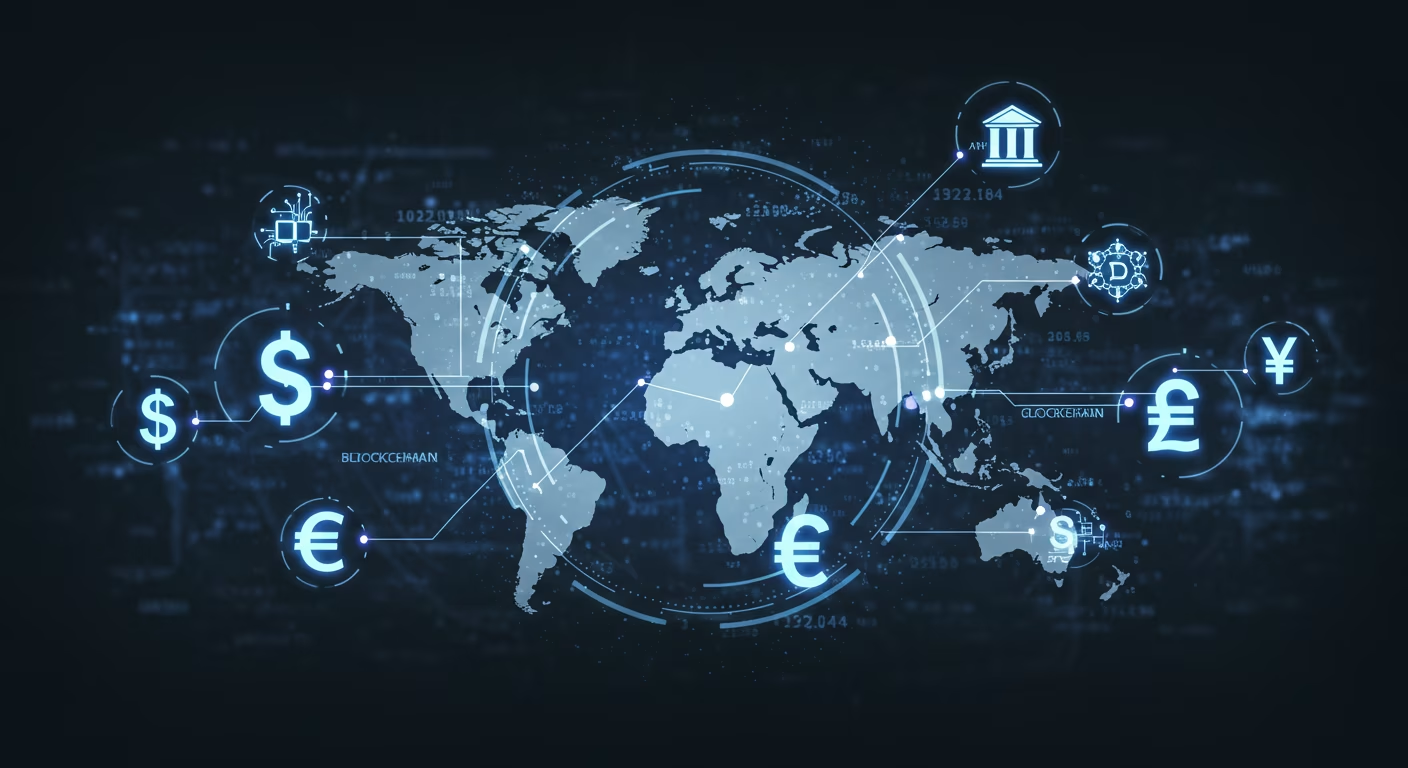The global foreign exchange market—commonly known as Forex—is the largest and most liquid financial market in the world, with over $7.5 trillion traded daily. But what lies ahead for this vast ecosystem? As technology accelerates, global finance evolves, and business strategies grow more interconnected, the future of Forex is being rewritten in real time.
The Forex market is no longer just about currency pairs and charts. It is becoming a hub where artificial intelligence (AI), blockchain, algorithmic trading, geopolitical risk, and cross-border business strategy converge. For traders, investors, financial institutions, and corporations, understanding these intersecting forces is no longer optional—it’s critical to staying competitive.
Here’s a deep dive into what the future of Forex looks like as it stands at the crossroads of business, technology, and global financial transformation.
1. Technology Is Reshaping the Trading Landscape
In the next decade, technology will be the single most transformative force in the Forex industry. From automation to real-time analytics, digital innovation is driving efficiency and changing how trades are executed, analyzed, and secured.
Key trends include:
- AI and machine learning: Algorithms can now predict market behavior, analyze sentiment from global news sources, and optimize trade execution based on real-time volatility. Human intuition is increasingly complemented—or replaced—by AI-powered systems.
- API-based platforms: Brokers and institutional traders are leveraging open APIs to integrate advanced tools, streamline back-end operations, and automate compliance and risk monitoring.
- Mobile and cloud trading: With high-speed mobile access and cloud infrastructure, Forex trading is now fully decentralized and global, empowering both institutions and individual traders to operate anywhere, anytime.
This wave of technological evolution is not just making Forex faster—it’s making it smarter, more inclusive, and more adaptable to changing market structures.
2. Blockchain and Digital Currencies Enter the Forex Arena
The emergence of blockchain-based finance and digital currencies is also shaping the future of the Forex market. While cryptocurrencies like Bitcoin and Ethereum are not traditional fiat currencies, they’re increasingly traded alongside them, and the infrastructure supporting these trades is merging with standard Forex architecture.
Central bank digital currencies (CBDCs) are another game-changer. Countries like China, Sweden, and the Bahamas have launched or piloted their own digital currencies, with others—including the U.S. and EU—actively researching them.
Potential impacts on Forex include:
- 24/7 cross-border settlement: Reducing the traditional lag and cost in FX settlements.
- Greater transparency and traceability in interbank and corporate transactions.
- Increased volatility and liquidity shifts as crypto becomes part of global portfolios.
As CBDCs mature, Forex may evolve from being just a fiat exchange marketplace to a hybrid financial system where digital currencies play a fundamental role.
3. Business Strategy Will Rely More on Currency Insights
In a hyperconnected global economy, currency fluctuations aren’t just a trading concern—they’re a business strategy variable.
Corporate treasurers, CFOs, and supply chain executives are now integrating Forex risk management into broader business operations. For example:
- Multinationals must hedge against currency swings when repatriating profits or importing raw materials.
- Exporters base pricing strategies on expected FX movement to maintain competitiveness.
- M&A deals, overseas expansions, and capital expenditures increasingly factor in local currency forecasts.
The future of Forex is not just about speculative profit—it’s about strategic protection, cost optimization, and operational resilience for businesses operating across borders.
4. Geopolitical Risk Will Drive Volatility and Opportunity
In 2025 and beyond, political risk will be a top driver of Forex market volatility. Events like trade wars, elections, military conflicts, and international sanctions can trigger massive currency fluctuations within minutes.
Examples include:
- A surprise rate hike from the Federal Reserve causing USD surges.
- Instability in the Middle East impacting oil-linked currencies like the CAD or NOK.
- Trade tensions between the U.S. and China weakening the yuan or boosting the safe-haven yen.
As geopolitical dynamics become more unpredictable, Forex traders and analysts will rely heavily on real-time risk models, political intelligence, and scenario-based forecasting. Technology will again play a critical role, with AI helping assess sentiment from global news, tweets, and government reports.
5. Regulation and Ethical AI Will Shape the Next Decade
The growth of automation and AI in Forex has brought with it a rising wave of regulatory scrutiny. Regulators are increasingly concerned about:
- Market manipulation by high-frequency bots
- AI-driven black-box trading systems lacking transparency
- Unfair access to data and infrastructure advantages
- Cybersecurity vulnerabilities in decentralized platforms
Expect to see tighter rules on:
- Algo trading disclosure
- Backtesting and model validation standards
- Licensing for AI-powered trading services
- Compliance audits for machine learning systems
Ethical AI and responsible automation will be key pillars in the sustainable growth of the Forex ecosystem.
6. Retail Traders Are Evolving into Global Macro Participants
The profile of the retail Forex trader is also shifting. Once known for chasing short-term price movements with high leverage, today’s retail traders are becoming more informed, macro-aware, and long-term focused.
They now have access to:
- Institutional-grade charting tools (like TradingView)
- Economic calendars, news feeds, and sentiment indicators
- Copy trading and social platforms for collaborative strategies
- Algorithmic trading bots and low-latency execution systems
This democratization of Forex is giving rise to a new class of trader: the hybrid macro trader, who combines economic knowledge, technology, and discipline to engage in global markets more strategically.
7. ESG and Green Forex Are Emerging Themes
Sustainability and ethical investing are moving into the currency world as well. Forex desks and analysts are beginning to consider ESG-related factors, such as:
- A country’s environmental policy and its effect on currency strength
- Social stability metrics influencing risk premiums
- Governance indicators tied to fiscal transparency and economic policy
For example, nations with strong ESG credentials may see lower currency risk and stronger investment inflows, supporting their currency long-term. This trend may also influence ESG-themed currency baskets or FX derivatives in the near future.
The Forex Market Is Becoming More Than Just a Market
The future of Forex is not defined by one trend—but by the convergence of many. From technological disruption and digital currencies to shifting geopolitical tides and global business strategies, Forex is fast becoming a comprehensive platform where finance, innovation, and macroeconomics intersect.
For professionals in finance, tech, business strategy, and policy, Forex is no longer just a trading environment—it’s a real-time reflection of how our interconnected world functions.
Whether you’re a trader, a corporate executive, or a fintech developer, understanding this new frontier of Forex is essential for navigating the global economy of the future.





